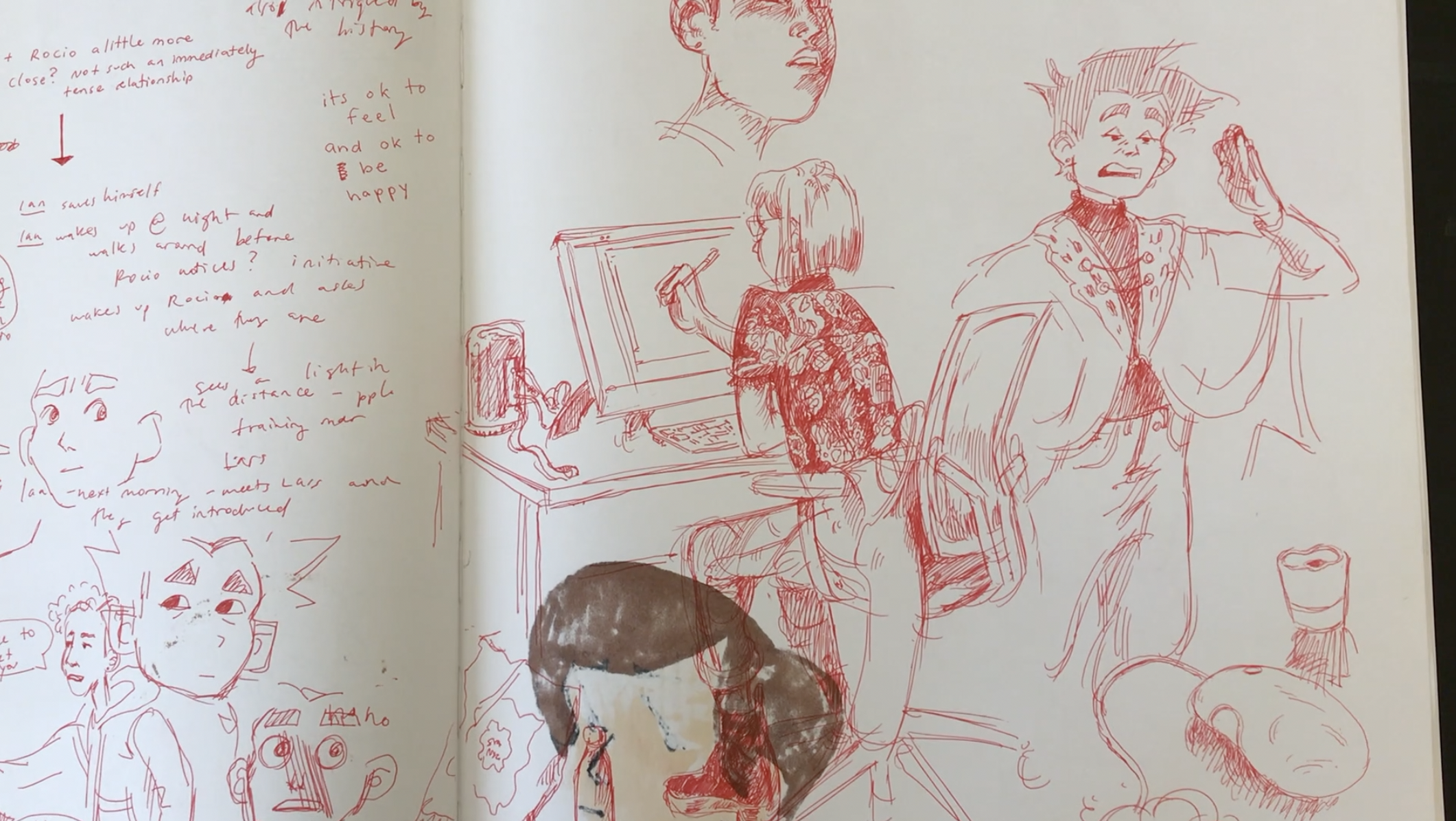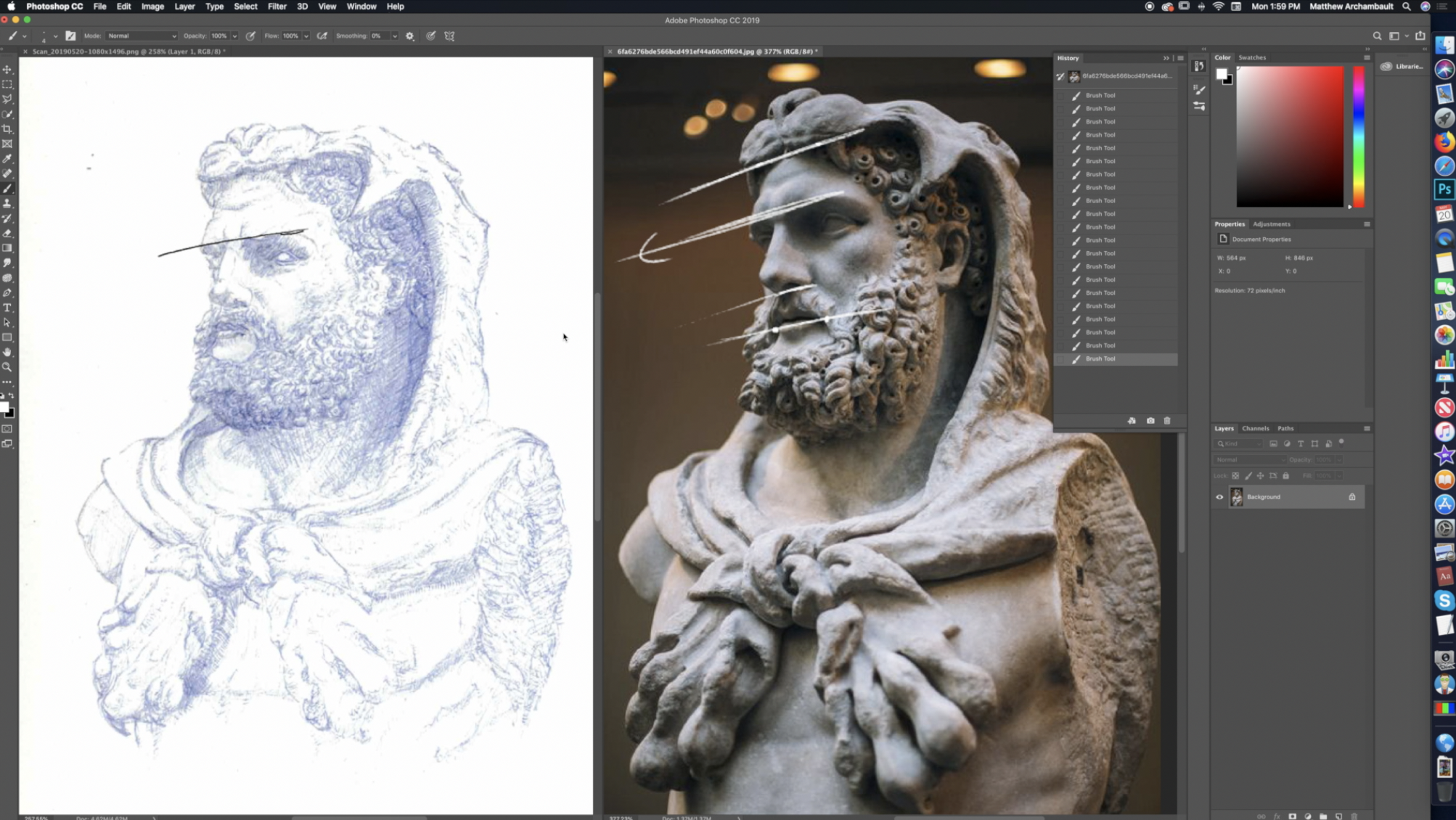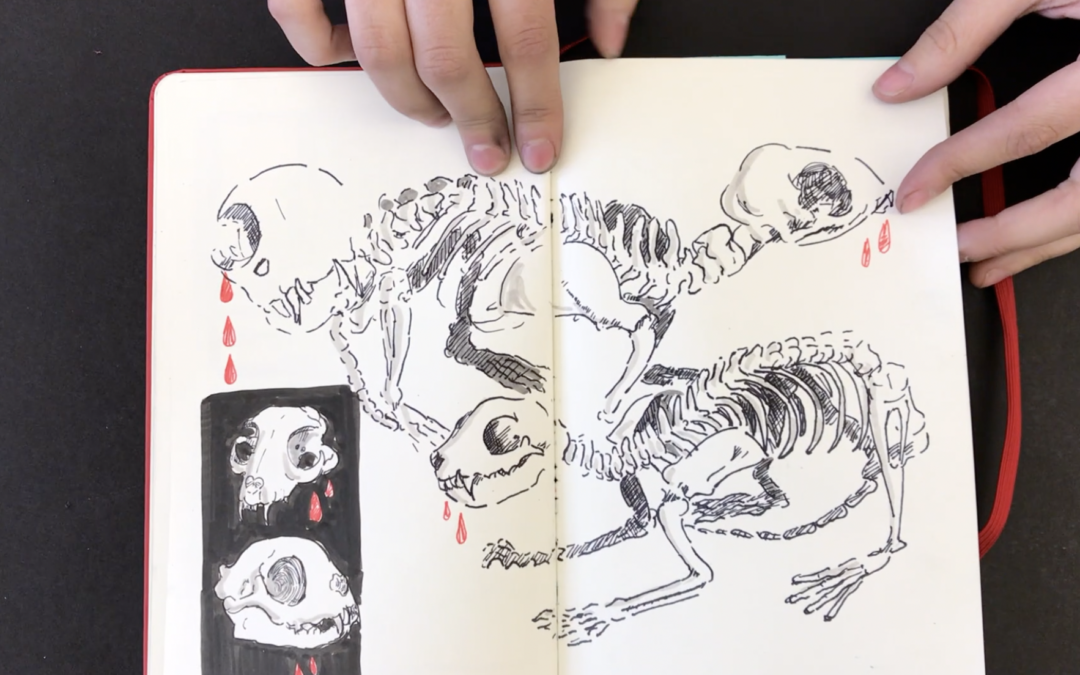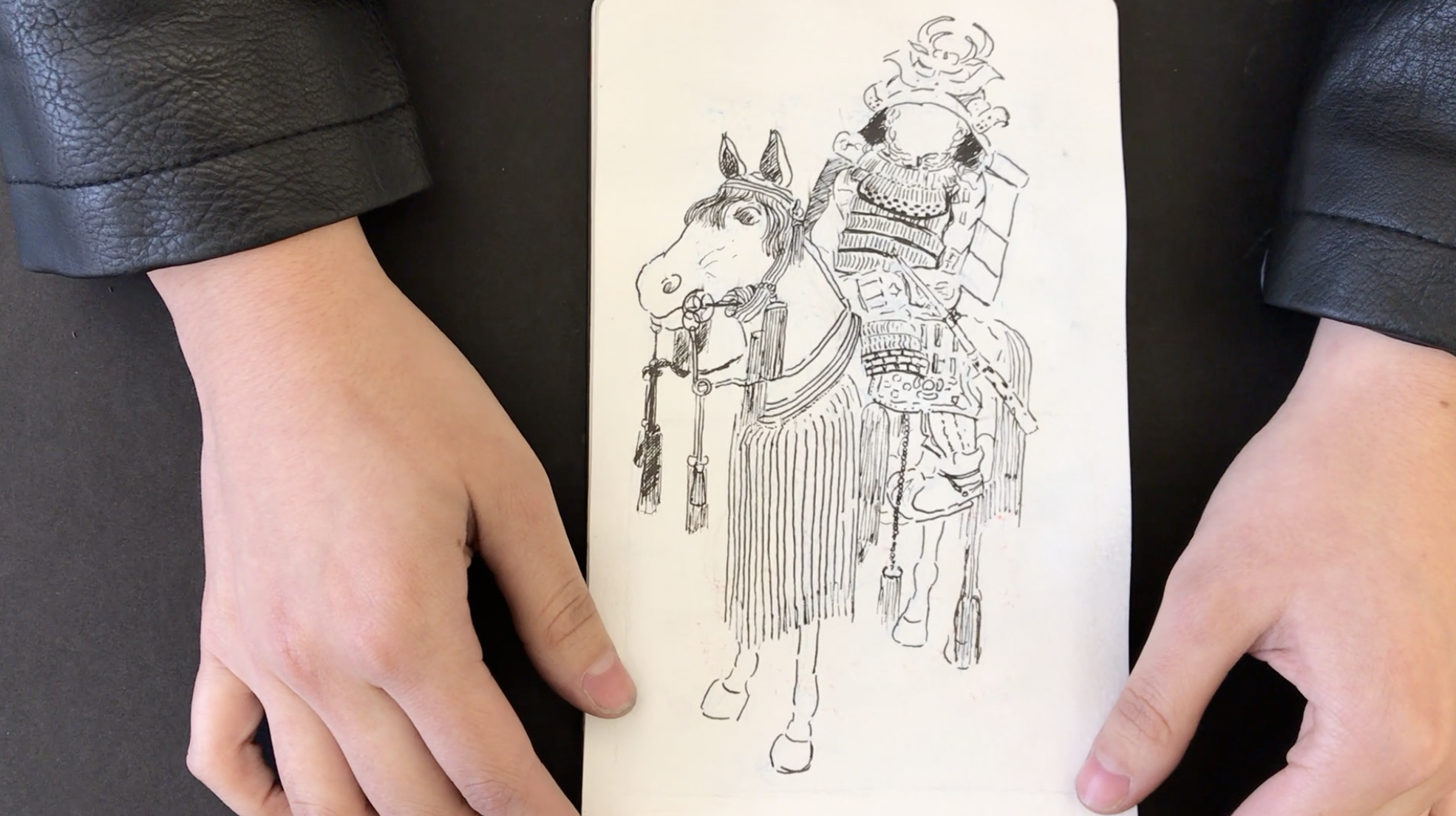
How To Draw The Nose
I just recently uploaded a brand new portrait drawing course in the member’s area of Drawing Tutorials Online.
This new course focuses on short sketchy type drawings that teach you how to draw the features of the face. Most of the video range about ten to fifteen minutes each. They are super easy to get through.
This lessons seven showcases how to draw the nose from the three-quarter view. This video tutorial will show what to do and what not to do when it comes to drawing the nose. No, this video is not about drawing a finished polished drawing, instead, it’s about teaching how to see structure.
This video will teach you how to utilize form lines to promote a three-dimensional look and feel to the nose. You will learn how to see and use tone on the diverse surface planes.
As mentioned above this video towards the end, will show you what not to do. The one thing you do not want to do is make the nostril super dark. Especially in a pencil drawing. Using your darkest dark for the nostril will create a keyhole effect in your drawing.
That said enjoy the lesson. Definitely try your own version of the drawings.
If you would like to sign up to gain access to the entire course today, check out our membership options. This course primarily covers how to draw the features of the face.
I’m teaching small group drawing classes at the Metropolitan Museum Of Art this Summer. You can read more about them at my personal site, Matthew Archambault.

































